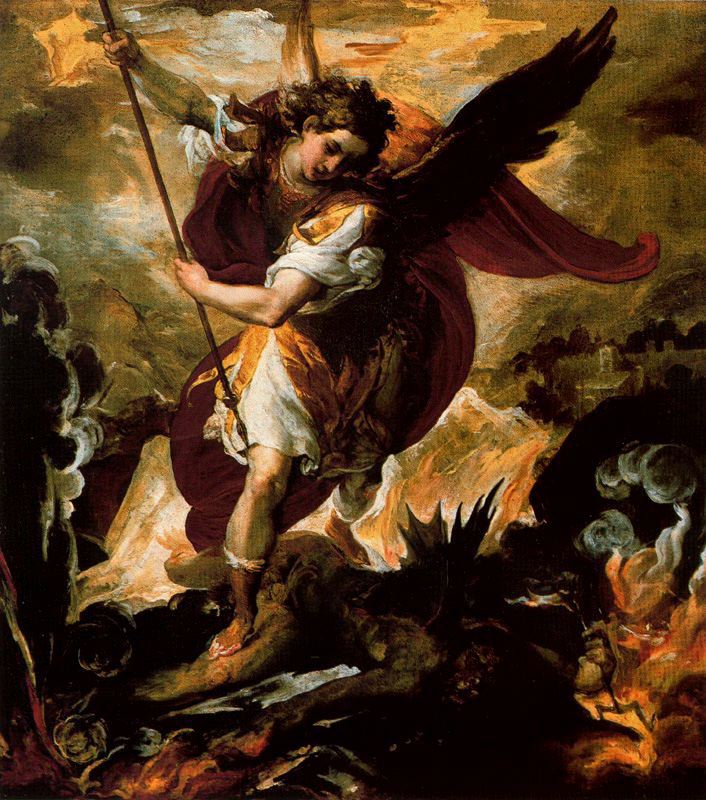The Noble House of Maffei
The venerable House of Maffei traces its distinguished origins to ancient Germanic stock, arising from the noble tribes of the Franks in the eighth century. From these venerable beginnings, the family took root among the Lombards, establishing a lasting presence in the proud lands of Northern Italy and Southern Switzerland. The name itself—von Maffei, De Maffei, or Mattei—derives from the Germanic Matthäus, a patronymic of venerable lineage.
Origins in Verona and the Ecclesiastical Eminence of Marcantonio Maffei
Among the earliest and most illustrious records of the Maffei lineage stands that of Marcantonio Maffei of Verona, a scion of noble birth and an ancestor to Christopher, Donald, Victor, and Desiderio Maffei. Born in Bergamo in 1521 to the distinguished Girolamo Maffei and Antonia Mattei, Marcantonio was the younger brother of Cardinal Bernardino Maffei and uncle to Orazio Maffei and Marcello Lante.
Marcantonio’s ecclesiastical career was illustrious. Elected Archbishop of Chieti in 1553, he succeeded his esteemed brother Bernardino. He served as Referendary of the Apostolic Signatura, Governor of Viterbo, Vicegerent and later Vicar General of Rome. Under Pope Pius V, he was appointed Apostolic Nuncio to the Kingdom of Poland, and later Datary of His Holiness. In 1570, His Holiness elevated him to the rank of Cardinal Priest, bestowing upon him the red hat and the titular church of San Callisto. Cardinal Maffei served with distinction in the papal conclave of 1572 which elected Pope Gregory XIII, under whom he became Prefect of the Apostolic Briefs.

Palaces and Patronage
Cardinal Marcantonio Maffei’s enduring architectural legacy includes the Palazzo Maffei in Verona, a triumph of Baroque grandeur overlooking the Piazza delle Erbe. Rising upon the remnants of the ancient Roman Capitoline Hill, the palace’s stately façade—adorned with Ionic columns, elegant arcades, and statues of classical deities—embodies the learned refinement of the family.
In Rome, the Palazzo Maffei was designed in 1580 by Giacomo Della Porta under the Cardinal’s patronage. Though incomplete at his death in 1583, it passed through the hands of noble families and was later renovated by Count Marescotti in the 18th century. Today, it forms part of the Vatican’s patrimony—an enduring testament to Maffei influence.
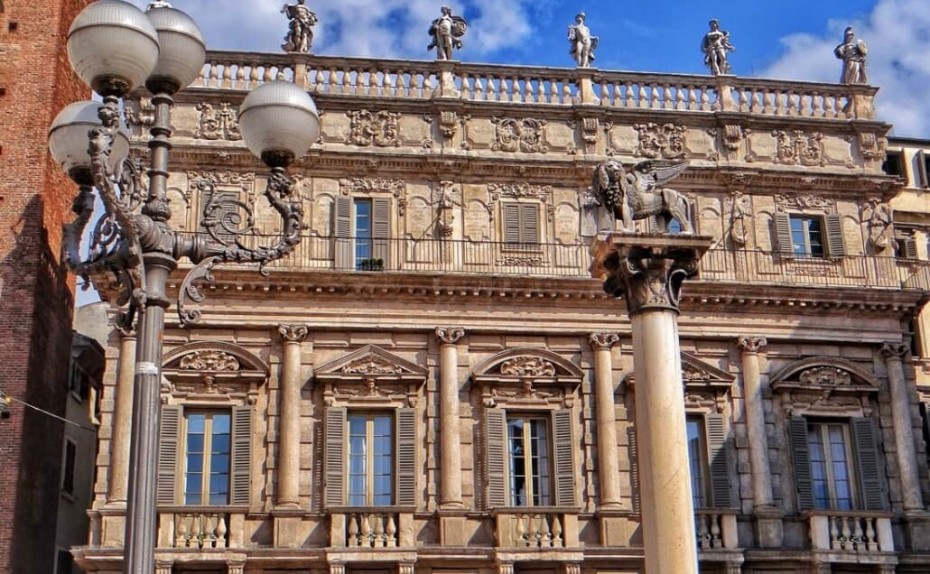
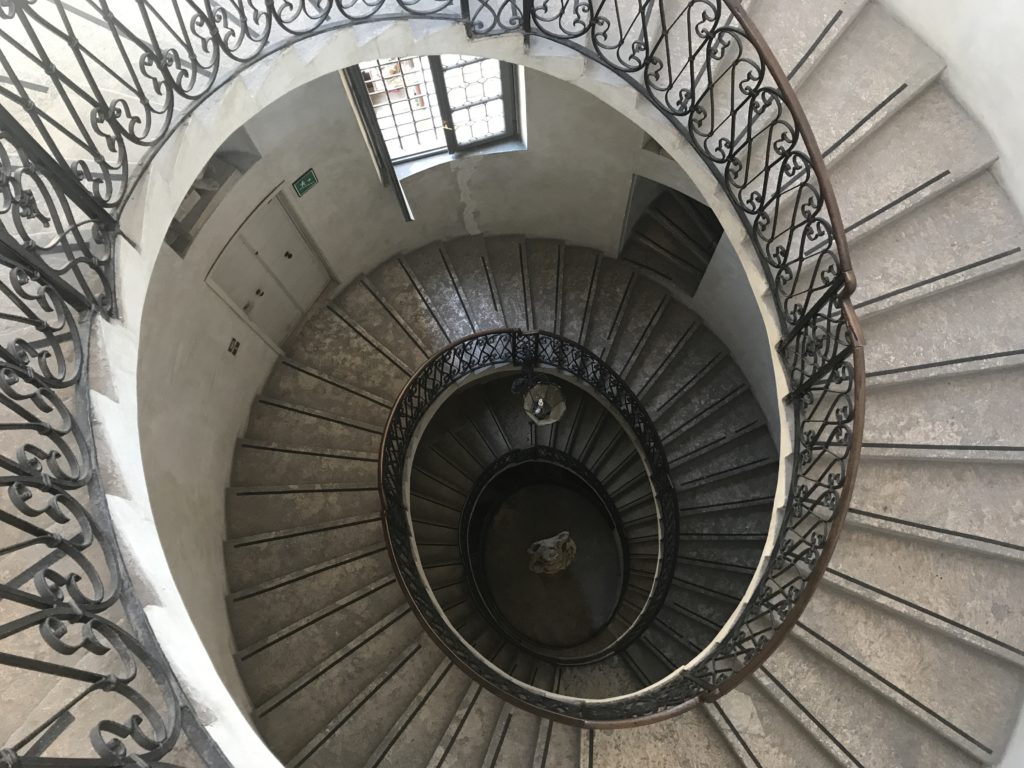
The Scholar of the Jesuits: Giovanni Pietro Maffei
Born in Bergamo circa 1536, Giovanni Pietro Maffei, a Jesuit of profound erudition, became a luminary of Renaissance scholarship. Serving as secretary of the Genoese government before joining the Society of Jesus, his works—including De vita et moribus Sancti Ignatii Loyolæ and De rebus Japonicis—cemented his reputation across Europe. His collected Latin works, Opera Omnia, were published posthumously in Verona in 1747.
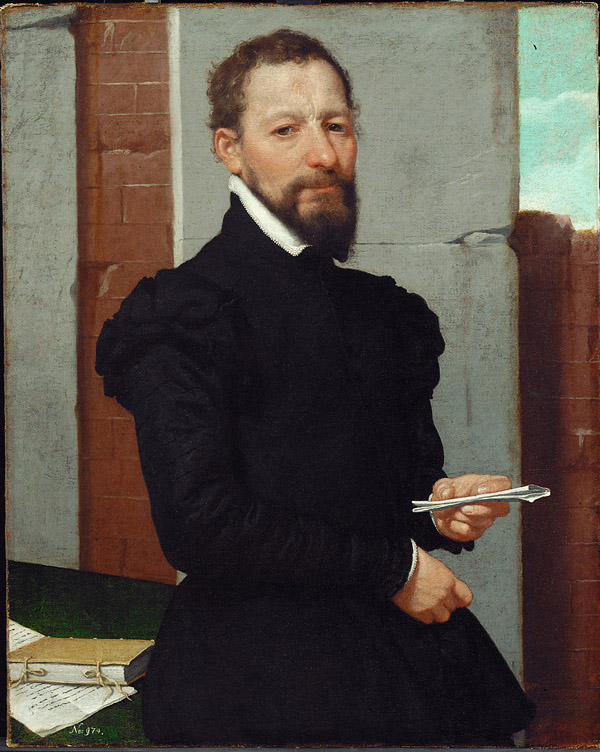
The Soldier and the Scholar: The Scipione Brothers
In the later centuries, the Maffei name continued its ascent in both martial and intellectual renown. Alessandro Scipione, Marquis de Maffei (1662–1730), served as Lieutenant General in Bavarian service, distinguishing himself at the Battles of Schellenberg and Ramillies, and later earning the rank of Field Marshal of the Empire following his valor at the Siege of Belgrade.
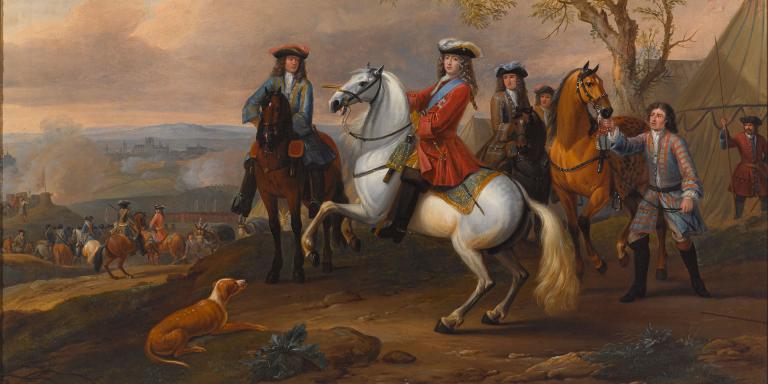
His brother, Francesco Scipione, Marchese di Maffei (1675–1755), was a celebrated dramatist, archaeologist, and humanist. His celebrated tragedy Merope heralded the reformation of Italian drama. A founder of Giornale dei Letterati and Osservazioni Letterarie, he united the intellectual brilliance of ancient Greece with the refinement of French Neoclassicism. His monumental Verona Illustrata remains a foundational work of Italian antiquarian scholarship.

The Painter of Light and Spirit: Francesco Maffei
A relative of Girolamo Maffei, the Baroque painter Francesco Maffei (early 17th century) achieved renown in Vicenza and Venice for his dynamic and visionary canvases. His works, rich with color and spiritual fervor, combine the drama of Tintoretto and Veronese with the mysticism of the Counter-Reformation. His vigorous brushwork and ethereal compositions made him, as one contemporary remarked, “a painter not of dwarfs, but of giants.”
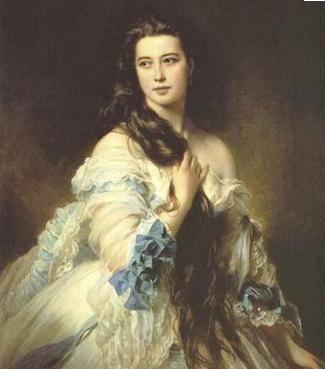
The Poet and Statesman: Andrea Maffei
Andrea Maffei (1798–1885), cousin to Giuseppe Maffei and ancestor of Desiderio Maffei, brought the family into the modern era of letters. A poet, translator, and librettist of noble temperament, he married Countess Clara Spinelli and counted among his circle Giuseppe Verdi, Francesco Hayez, and Franz Liszt. A senator of the Kingdom of Italy and an eminent patron of the arts, he assembled a renowned collection at Riva del Garda, and his name endures in the Liceo Classico Maffei of Verona.
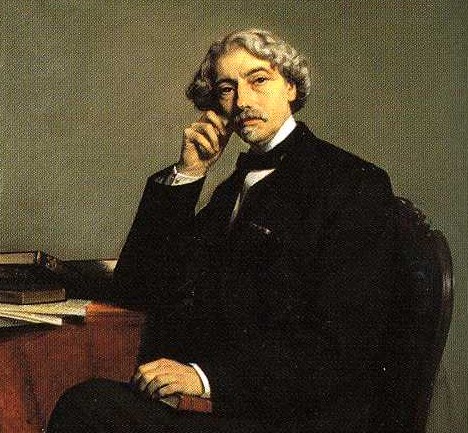
The New World Branch: Desiderio and His Descendants
In 1861, Desiderio Maffei of Verona—great-great-grandfather to Christopher Maffei—was born near the family’s vineyards north of the city. Amidst the decline of the old feudal order, Desiderio pursued enterprise abroad, establishing a transatlantic trade in Italian wines. His ventures took him from Verona to New York during the dawn of the modern age, and later to California, where his son, Victor Maffei, and grandson, Donald, continued the family’s legacy in commerce at the San Francisco wharf. In the late twentieth century, Christopher Maffei, heir to the family tradition, returned to Europe to continue the Maffei association.

The Legacy of Learning: Museo Lapidario Maffeiano and Istituto Maffei
Scipione Maffei’s intellectual zeal also birthed one of Europe’s oldest archaeological museums, the Museo Lapidario Maffeiano in Verona. Established in the early eighteenth century, it preserved antiquities from Greek, Etruscan, and Roman civilizations and became a model for subsequent European museums. Despite wars and upheavals, it endures as a sanctuary of learning and a monument to Maffei enlightenment.
The Istituto Maffei—Italy’s oldest secondary school, founded in 1808—bears his name, continuing the family’s centuries-long devotion to humanistic study and classical education.
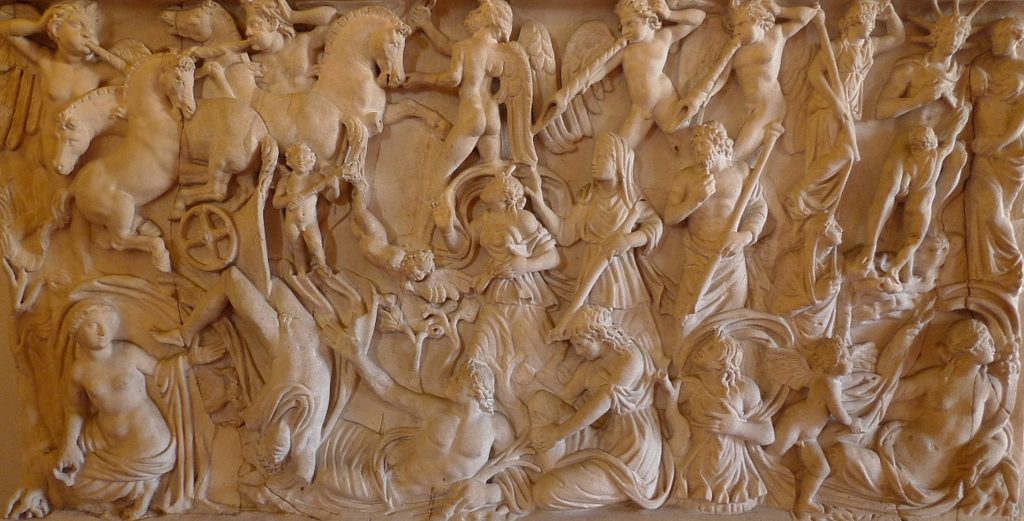
The Industrial Renaissance: Joseph Anton von Maffei
In the nineteenth century, Joseph Anton von Maffei (1790–1870) carried the family’s prestige into the industrial age. A Munich-based magnate and visionary, he founded the J.A. Maffei Locomotive Works in 1836, transforming Bavaria into a center of mechanical innovation. His enterprise evolved into Krauss-Maffei, a world-renowned manufacturer of locomotives and armored vehicles—culminating in the modern Krauss-Maffei Wegmann (KMW), a titan of European engineering.
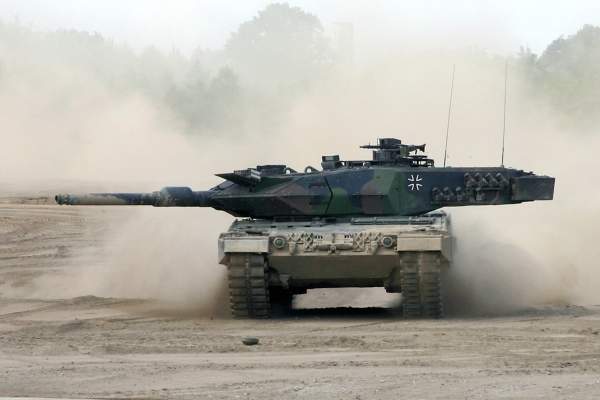
From ancient Frankish roots to Renaissance cardinals, Baroque artists, Enlightenment scholars, Romantic poets, and industrial pioneers, the House of Maffei has, across a millennium, exemplified the union of intellect, piety, artistry, and innovation. Their palaces still adorn Verona and Rome; their influence endures in Italy’s academies, museums, and the modern engines of Europe’s progress. Theirs is not merely a family history, but a living chronicle of civilization itself


